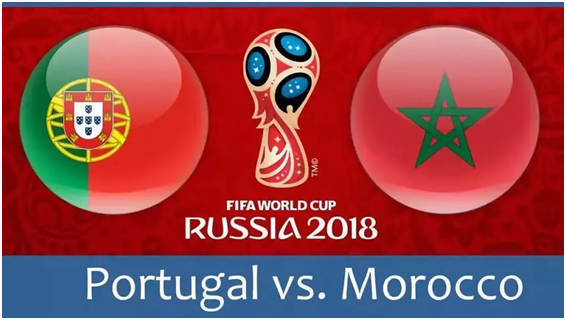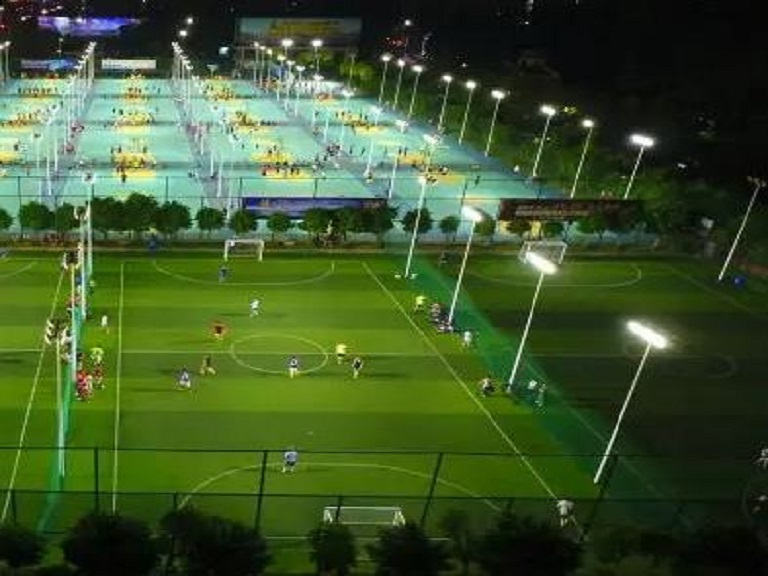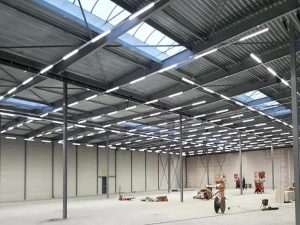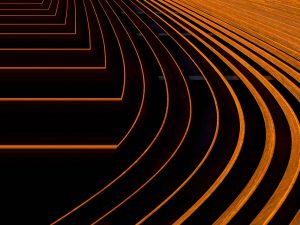Six days after the start of the 2018 World Cup, there have been many upsets. Especially in the first round of the World Cup group stage, the favorites Brazil drew 1-1 with Switzerland, Argentina drew with Iceland 1-1, Germany lost 0-1 to Mexico, and none of the three strong teams won their first game. For the first time in history.
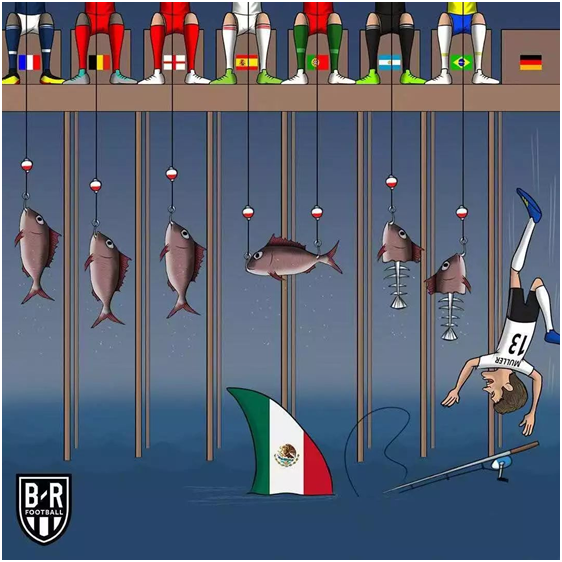
The group stage was unpopular, so “queuing up to the rooftop” became the most popular word for a while. It is said that these days, the rooftop is like this:
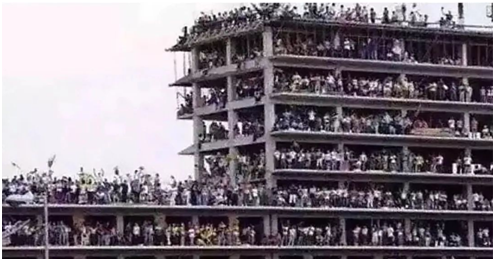
God, why is this? I thought I knew the ball! Yes, you may know the ball, but do you know the lighting? In addition to injuries, the lighting on the field may also affect the field. The result of the above (er… I guess), anyway, everyone calm down first, don’t be impulsive, after all, the first round of the group stage is only played, let’s talk about the lighting of the football field first.
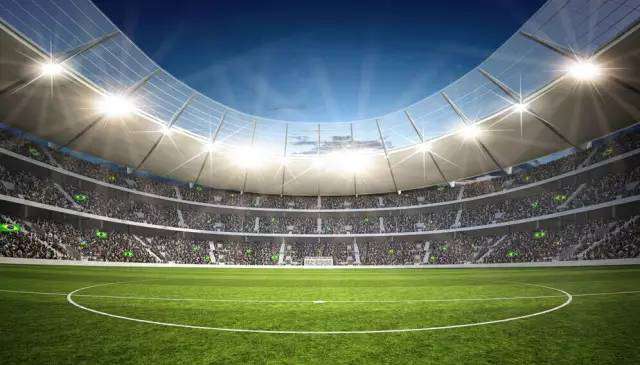
God, why is this? I thought I knew the ball! Yes, you may know the ball, but do you know the lighting? In addition to injuries, the lighting on the field may also affect the field. The result of the above (er… I guess), anyway, everyone calm down first, don’t be impulsive, after all, the first round of the group stage is only played, let’s talk about the lighting of the football field first.
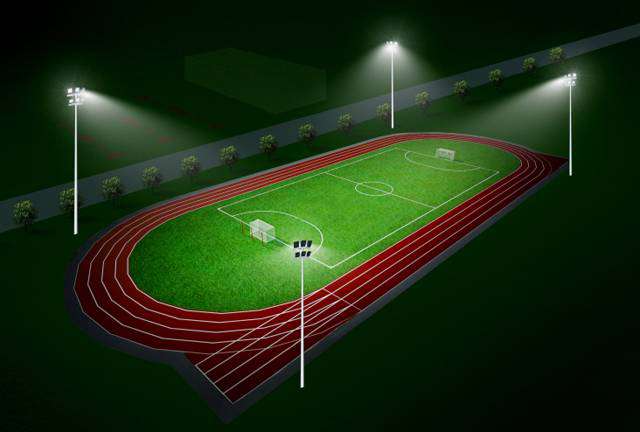
Consider the camera angle
Lighting systems are usually divided into five levels (level I and level V). Two of the levels require high-quality television broadcasts, and the other level does not require television broadcasts. In the occasions requiring on-demand TV broadcast, in order to ensure that each camera receives enough light and records high-quality video, the lighting design should consider the actual camera position.
The primary goal of the lighting system is to ensure that the light on the side and bottom lines of the field is symmetrical, and when it is necessary to add fixed cameras and field cameras, it will not affect the quality of the digital video.
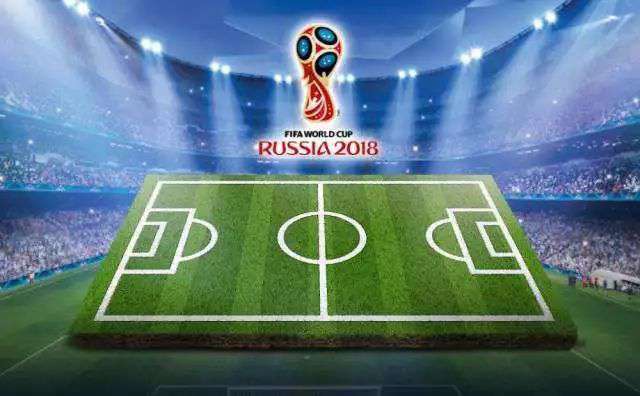
Audience and broadcast perspective
Providing a glare-free environment for athletes, referees and the media was the most important design requirement. The following two areas are defined as glare areas, where no luminaires can be placed.
(1) Corner line area
In order to maintain a good vision for the goalkeeper and attacking players in the corner area, lighting equipment should not be placed within 15° of the area on either side of the goal line.
(2) Area behind the goal line
In order to maintain a good field of vision for the attacking players and defenders in front of the goal, as well as for TV crews on the other side of the field, lighting equipment should not be placed within 20° behind the goal line and within 45° above the level of the goal line.
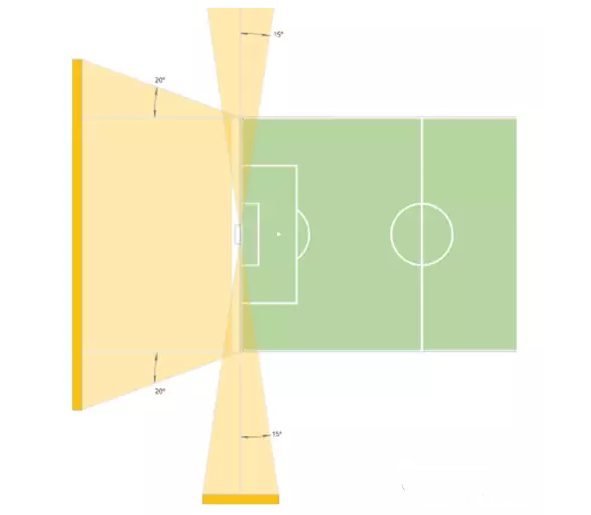
Shadow Control (Multipurpose Area Aiming)
Controlling incongruent shadows on the field became one of the biggest issues facing high-definition, high-quality digital footage. The multi-functional area aiming is to repeatedly aim at the same position on the field from different lamp positions. This repeated aiming from different positions limits the creation of the player’s shadow.
For international competitions, each area is covered by at least four overlapping light beams from each side of the luminaire. For domestic competitions, at least three overlapping rays are required.
Build a model where the players are surrounded by light from different directions, and the light balances out at the same time. When there are no incongruous shadows on the field, a shadow-free playing environment is achieved, and there are no shadow lines on the playing field.
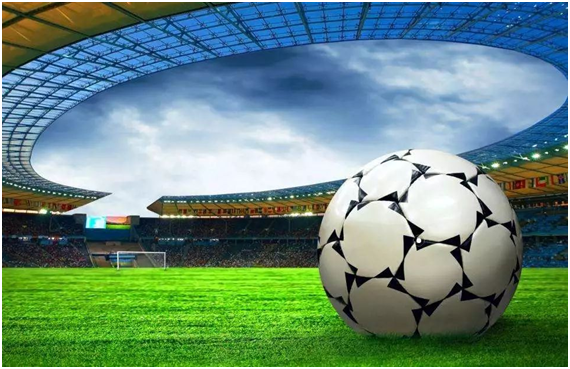
Lighting design standards and technical requirements
(1) Horizontal uniformity
The horizontal illuminance is the value measured when the illuminance meter is placed horizontally at 1ml above the field. Usually, a 10mx10m grid is established on the site when measuring and calculating the maximum, minimum and average illuminance of the site.
(2) Coefficient of variation
Football is a high-speed sport. Maintaining a good uniformity of illumination on the field helps improve players’ on-the-spot performance and create high-definition video recordings. The following methods can be used to measure the uniformity, whether CV or UG can measure the uniformity.
(3) Vertical Illumination
Field camera vertical illumination. Vertical illuminance refers to the illuminance of the athlete going up vertically. Vertical illumination is useful for capturing close-ups of movement and momentary action during the game, especially facial expressions. These images were captured by on-site cameras. Too much vertical illuminance variation will result in poor digital video quality. Designers must consider the balance of illumination in all directions to reduce the imbalance of illumination when shooting on-site cameras.
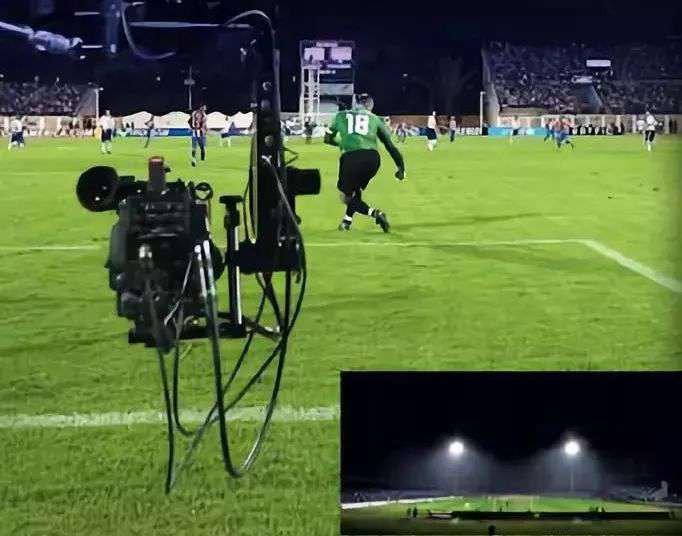
(4) Color temperature
Color temperature is the feeling or phenomenon that describes the warm (red) or cool (blue) of the illuminance. The unit is Kelvin (Tk). With the digital camera technology in front of the door, the camera can adjust according to the actual color temperature and contrast to obtain the desired ideal color quality. For outdoor stadiums of all competition levels, Tk≥4000 can meet the demand.
(5) Color rendering index
Color rendering index is the ability of artificial lighting sources to mimic natural light. In fact, the required color rendering index range is Ra20~Ra100. The higher the color rendering index, the better the light color.
(6) Environmental impact
Light pollution and light waste fall into two categories: spill light and glare. Blowout refers to the measurable light around the stadium, and glare refers to the perception by outsiders and occupants that the stadium is too bright. These impacts on local residents compromise safety, affect nighttime activities and the tranquility of citizens. Ways are needed to limit spill and glare inside and outside stadiums, and new lighting specifications for televised sporting events should include cut-off reflectors and high-efficiency reflectors.
The spill light outside the stadium can be calculated and measured. Including the horizontal illuminance value and the vertical illuminance maximum value of the spill light.
